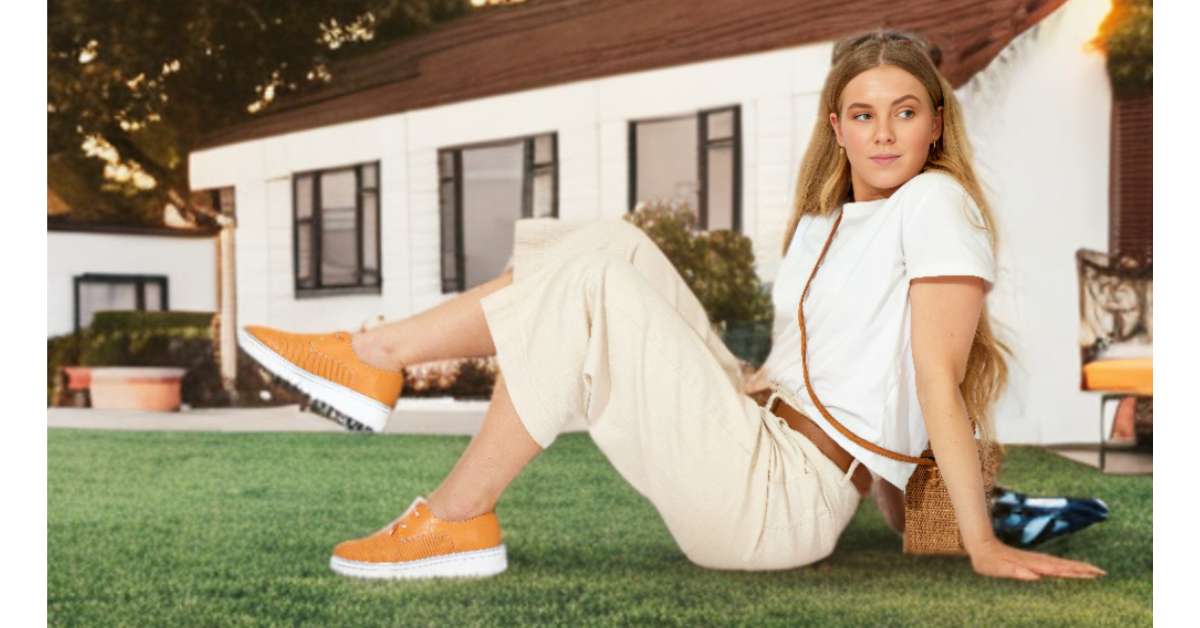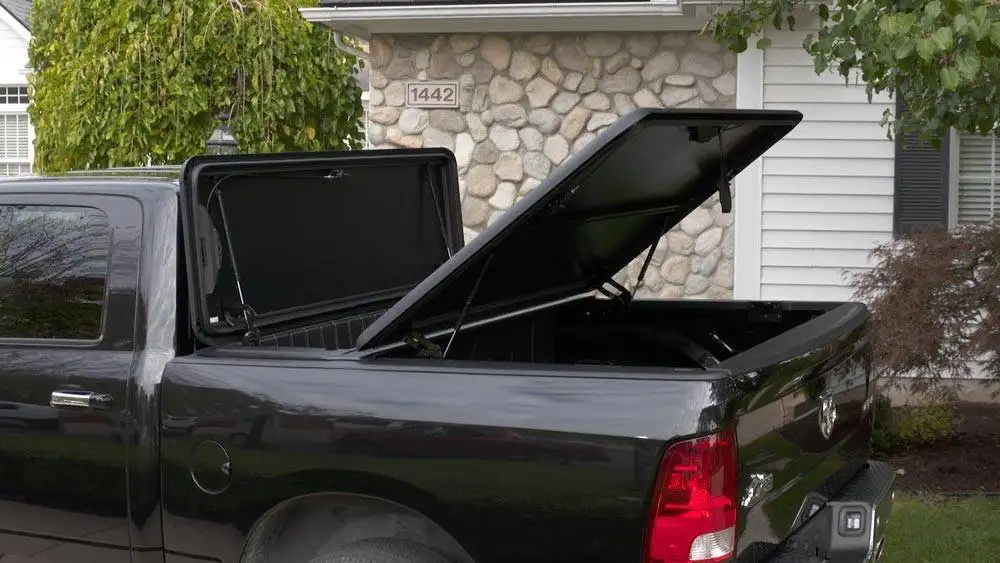While your marketing strategy and quality of service matter the most in a business, the retail store’s design and architecture can also help boost customers. The layout of your retail space is one of the most significant contributory factors. Small factors, such as the placement of your products and the walking space inside your store, can affect your customers.
A good retail store has an eye-catching interior design, optimum physical space, and a strategic walking route. When your store’s design is done well, your business’s chances of success increase significantly. To hire the best architects for your upcoming store, contact Stendel + Reich retail architects to book a consultation session.
Ways how your retail store architecture can affect your sales count
- Emphasize brand identity.
Retail design is more than including a physical layout and furniture that customers would like. It means immersing your customers in a unique brand experience that is not offered by any other brand or store. Take Apple for an example. Their cool tones and minimalist furnitures best represent the design of their devices as well as their logo. When customers enter your store, they should feel what your products are about simply by gazing at the surroundings.
- Direct the flow.
One must know customer psychology before designing a retail store. Research shows that people tend to turn right when they enter a store. While the conclusion from the data may not apply to every type of person, it can be helpful to design your store accordingly.
Placing your trial rooms, displays, and register stations strategically can increase the chances of your customers buying an item. You can use furniture or displays to direct your customers to a certain path without making it obvious.
- Breathing room.
One thing that no customer in the world likes is an overcrowded retail store. When customers enter a store and find themselves cramped with no space to walk, they are less likely to impulse purchases and more likely to move out of the store within minutes of entering. If your retail space is small, you can use high ceilings to create the illusion of a bigger space. The key is to make people feel comfortable.
- Control customer pace.
You do not want your customers to walk through your retail store quickly without glancing at what you have to offer. You want them to take their time in carefully checking out your best products. Use displays near their walking routes to capture their attention, such as digital displays, mannequins, etc. By controlling their pace, you can ensure that your customers stay in the store for a longer time, increasing your chances of a sale.













